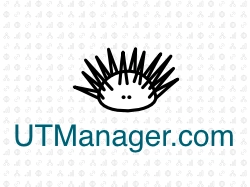A well-optimized conversion path removes friction and creates a clear, intentional flow that turns casual visitors into qualified leads. While paths can vary by business and offer, most include key elements such as:
- Call-to-Action (CTA): A button, link, or prompt encouraging the visitor to take the next step (e.g., “Download the Guide” or “Start Free Trial”).
- Landing Page: A focused page with persuasive copy and a form, designed to convert visitors by offering something of value (e.g., an eBook, demo, or special offer).
- Lead Capture Form: Collects essential visitor information, such as name, email, or company details.
- Thank You Page or Confirmation Step: Confirms the action, delivers the promised content, and often suggests next steps (e.g., related resources or product trials).
- Follow-Up Nurture: Automated emails or retargeting ads that build on the initial conversion to move the lead deeper into the funnel.
Example: A prospect sees a LinkedIn ad offering a “Free 2025 Marketing Trends Report” (CTA) and clicks through to a landing page explaining the value of the report. They fill out a short form with their email (lead capture), are redirected to a thank you page with the download link, and receive a follow-up email series offering a free strategy consultation. Each step is part of a planned conversion path that transforms anonymous traffic into a sales-ready lead.
Modern marketers analyze conversion paths to identify friction points (e.g., confusing forms, weak CTAs, unnecessary steps) and optimize them for higher conversion rates and better lead quality.
